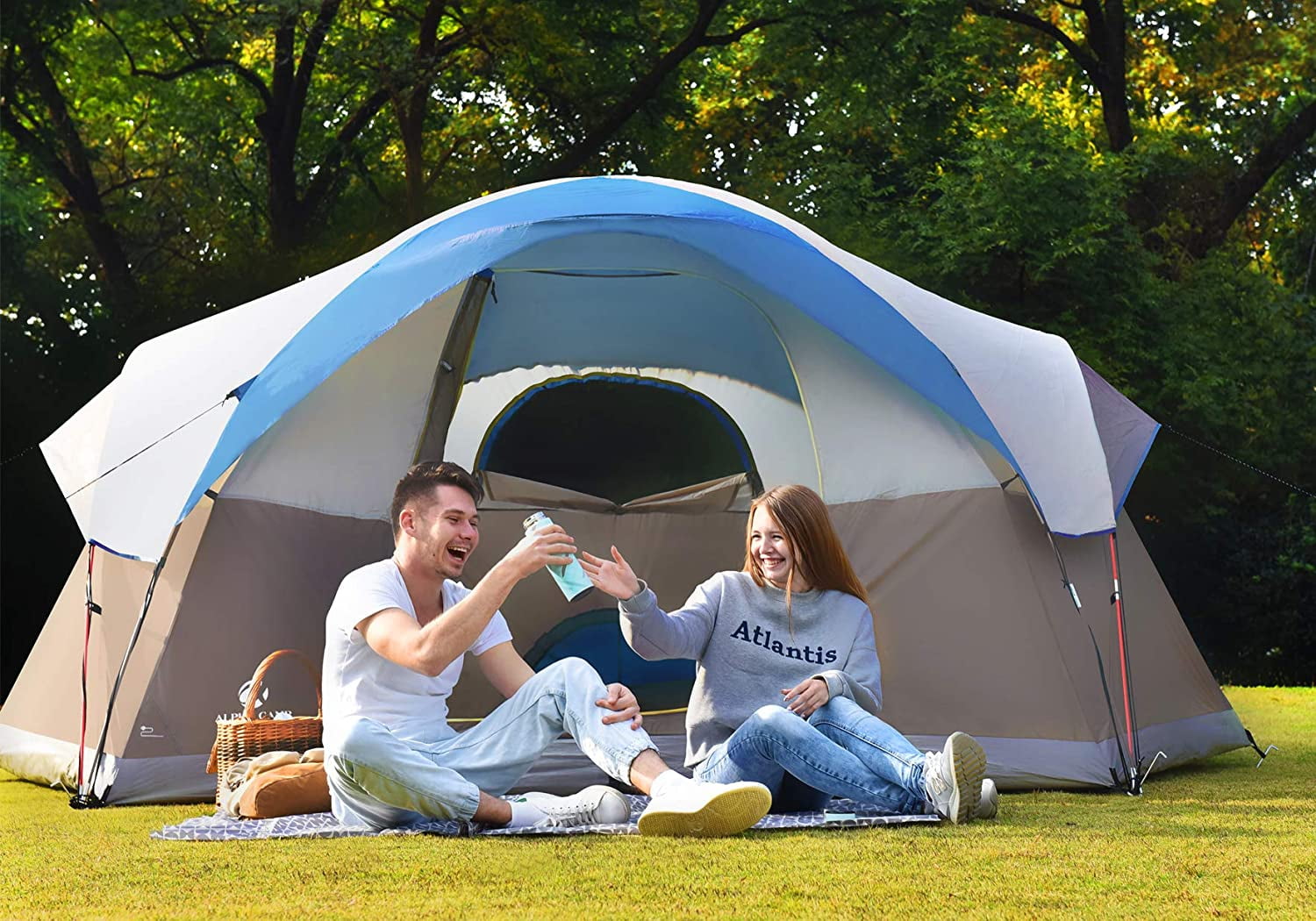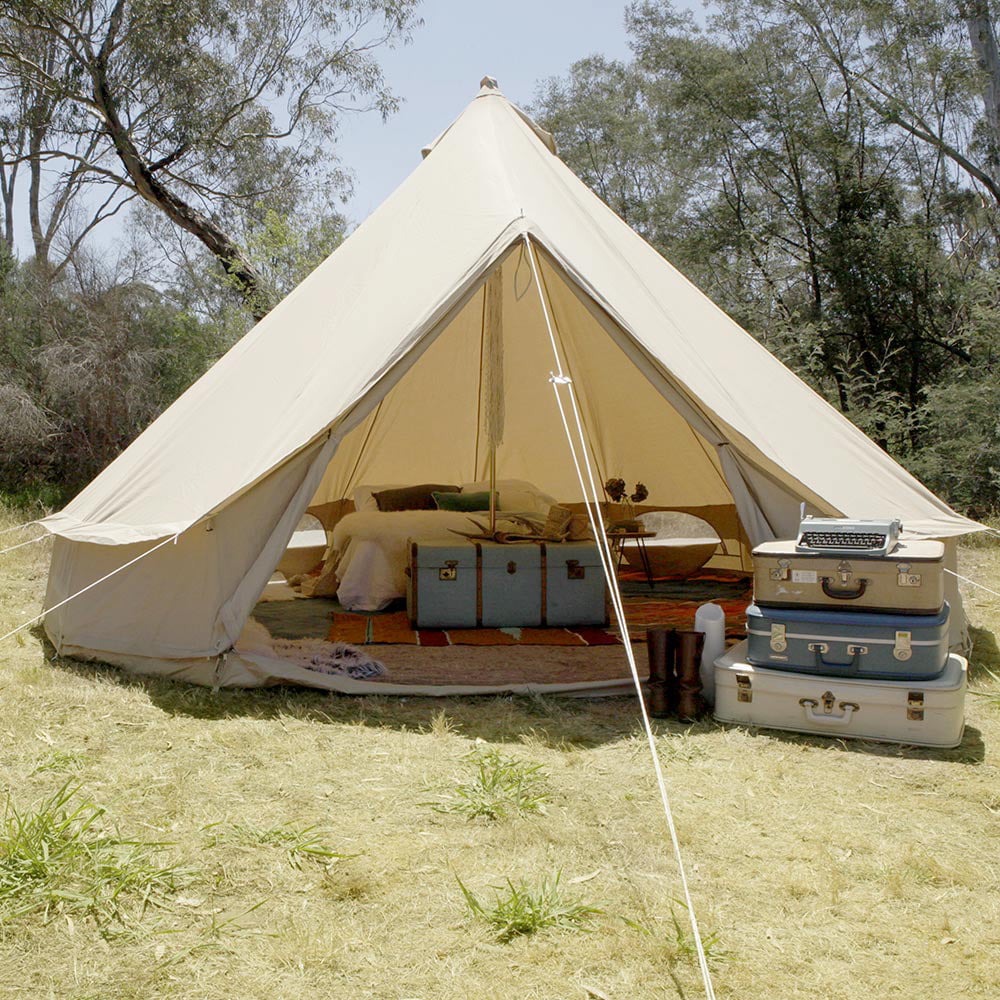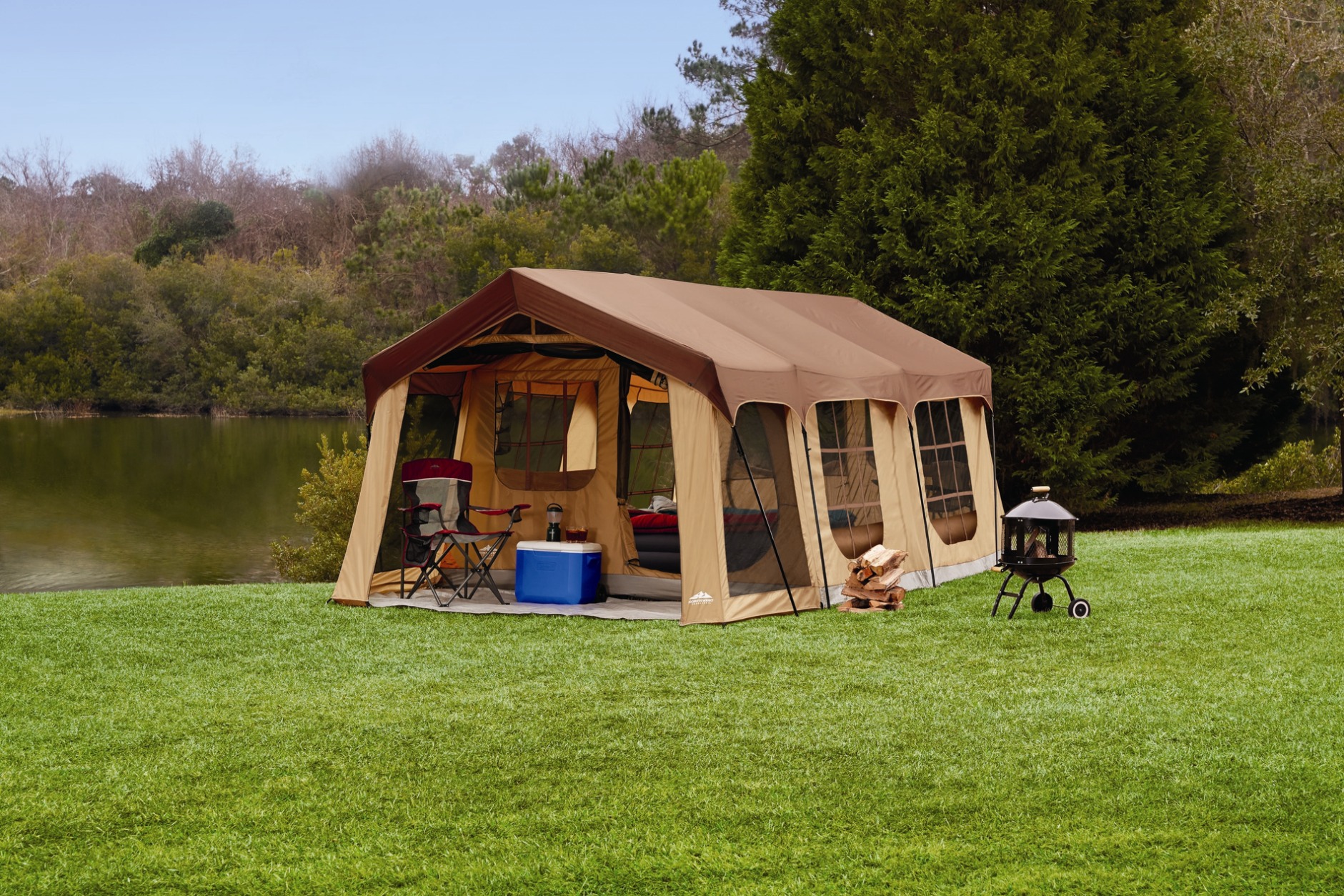The importance of camping tents While Camping
Camping tents are an essential piece of equipment for any outdoor adventure. They provide shelter, protection from the elements, and a comfortable place to rest and sleep. In this article, we will discuss the importance of camping tents and why they are a crucial part of the camping experience.
Understanding Your Camping Needs and Preferences
Understanding your camping needs and preferences is essential when selecting the right tent for your outdoor adventures. By considering factors such as the number of campers, tent capacity, camping location, weather conditions, seasonality, and personal preferences, you can narrow down your options and choose a tent that meets your requirements.
A. Determine the number of campers and tent capacity required:
- Group Size: Consider the number of people who will be camping together. Determine whether you need a tent for solo camping, a couple, a family, or a larger group.
- Tent Capacity: Look for tents that accommodate the number of campers comfortably. Pay attention to the number of sleeping areas, sleeping pads or cots, and headroom space when selecting the tent capacity.
B. Consider the camping location, weather conditions, and seasonality:
- Camping Location: Think about the type of camping you’ll be doing – whether it’s car camping, backpacking, or trekking. Different locations may require different features in a tent, such as lightweight options for backpacking or sturdy options for windy conditions.
- Weather Conditions: Take into account the expected weather conditions during your camping trips. Consider factors such as rain, wind, heat, or cold, and choose a tent with appropriate weather-resistant features and ventilation options.
- Seasonality: Determine the seasons in which you plan to camp. Tents designed for summer camping may not provide adequate insulation for colder seasons. Consider three-season or four-season tents based on your camping plans.
C. Assess personal preferences and camping style to narrow down tent options:
- Tent Design: Consider the tent’s design and layout based on your preferences and camping style. Options include dome tents, cabin tents, tunnel tents, or backpacking tents. Each design offers different features, such as ease of setup, headroom, or vestibule space.
- Tent Weight and Packability: If you plan to backpack or hike to your camping destination, consider the weight and packability of the tent. Lightweight and compact options are ideal for backpacking, while car camping allows for larger and more spacious tents.
-
Additional Features: Consider any additional features you may want in a tent, such as multiple doors for easy access, storage pockets for organization, or a rainfly for added protection.
Exploring Different Types of Camping Tents
A. Discuss various tent types, such as dome tents, cabin tents, and backpacking tents:
- Dome Tents: Dome tents are the most common and versatile type of camping tent. They are characterized by their dome-shaped structure with flexible poles. Dome tents are easy to set up, lightweight, and offer good stability against wind. They are suitable for various camping scenarios, from car camping to backpacking.
- Cabin Tents: Cabin tents are known for their vertical walls, creating a more spacious and room-like interior. They provide ample headroom and can accommodate multiple campers comfortably. Cabin tents are ideal for family camping or extended trips where comfort and space are priorities. However, they can be bulkier and heavier, making them less suitable for backpacking.
- Backpacking Tents: Backpacking tents are designed for lightweight and compact travel. They prioritize portability and easy setup, making them ideal for backpackers and hikers. These tents are typically smaller, with a single or double occupancy, and offer good weather protection. However, they may have limited headroom and storage space compared to other tent types.
B. Explain the features, benefits, and ideal usage scenarios for each tent type:

-
Dome Tents:
- Features: Dome tents have a freestanding design, which means they don’t require stakes to stand. They often come with rainfly options for weather protection and offer good ventilation.
- Benefits: Dome tents are easy to set up and pack away. They are versatile and can handle various weather conditions. They offer a good balance between weight, space, and stability.
- Ideal Usage Scenarios: Dome tents are suitable for all types of camping, from weekend trips to longer expeditions. They work well for solo campers, couples, or small groups.
-
Cabin Tents:
- Features: Cabin tents have vertical walls that increase interior space. They often include multiple doors, windows, and room dividers for added convenience and privacy.
- Benefits: Cabin tents provide ample headroom, making them comfortable for taller campers. They offer plenty of space for camping gear and can accommodate larger groups or families.
- Ideal Usage Scenarios: Cabin tents are ideal for family camping, car camping, or extended trips where comfort and space are essential. They are not recommended for backpacking due to their heavier weight and larger size.
-
Backpacking Tents:
- Features: Backpacking tents are lightweight, compact, and easy to carry. They often have durable materials, smaller footprints, and fewer poles to reduce weight.
- Benefits: Backpacking tents prioritize portability and easy setup. They are designed to withstand various weather conditions while providing efficient space usage.
- Ideal Usage Scenarios: Backpacking tents are perfect for hikers, backpackers, and adventurers who prioritize a lightweight and compact setup. They are suitable for solo or duo camping and are ideal for multi-day trips or thru-hiking.

C. Provide recommendations based on camping goals and requirements:
- Family Camping: For family camping trips, a cabin tent with ample space and convenient features such as dividers and multiple doors would be ideal.
- Car Camping: Dome tents offer a good balance between space, ease of setup, and weather protection. Look for a tent that offers good ventilation and sturdy construction.
- Backpacking and Hiking: A lightweight and compact backpacking tent that is easy to carry and set up would be the best choice. Look for durable materials and good weather resistance.
In conclusion, understanding the different types of camping tents, including dome tents, cabin tents, and backpacking tents, allows campers to choose the most suitable option for their needs. Consider the features, benefits, and ideal usage scenarios of each tent type when selecting a tent. By aligning your camping goals and requirements with the recommended tent type, you can ensure a comfortable and enjoyable camping experience.


